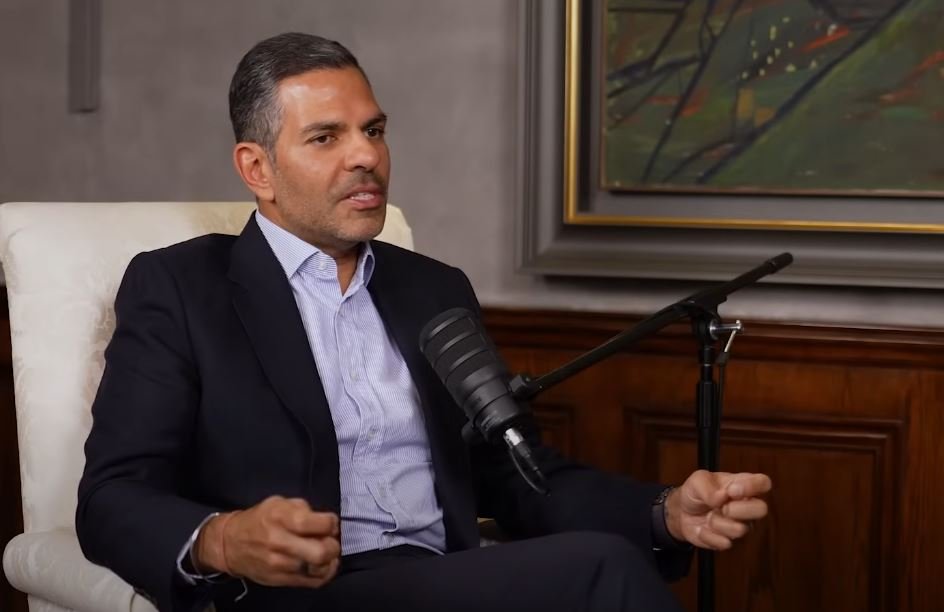
Discussions about Sunjay Kapur’s extraordinary financial legacy have heated up in recent days, especially after his untimely death during a London polo match. Anaphylactic shock, the official cause, was both tragic and uncommon. At 53, Kapur was chairing Sona Comstar, one of India’s fastest-growing auto component companies, which not only continued his father’s vision but also fundamentally changed its course.
Kapur broadened the company’s focus into electric mobility at a particularly advantageous moment by utilizing significant technological advancements. Global demand for EVs was rising, and Sona Comstar was able to capitalize on a market with exponential growth by shifting its focus to providing essential components like e-drive assemblies and sensors. With operations spanning China, India, Serbia, Mexico, and the United States, Kapur created a transnational industrial force rather than merely a business. According to Bloomberg’s most recent estimates, the company grew into a ₹31,000 crore enterprise thanks to his leadership style, which colleagues frequently describe as being extremely focused but noticeably inclusive.
Sunjay Kapur – Profile and Financial Overview
| Category | Details |
|---|---|
| Full Name | Sunjay Kapur |
| Born | 1971 |
| Passed Away | June 12, 2025 |
| Age at Death | 53 |
| Citizenship | United States |
| Education | University of Buckingham, BBA |
| Primary Occupation | Chairman, Sona Comstar |
| Industry | Automotive (EV Components) |
| Estimated Net Worth | $1.2 Billion (₹10,300 crore) at time of death |
| Family | Married three times; four children |
| Notable Spouses | Karisma Kapoor, Priya Sachdev |
| Children | Samaira, Kiaan, Azarias, one more (name not disclosed) |
| Key Business Legacy | Transformed Sona Comstar into a global EV parts leader |
Particularly when it came to planning for generational wealth, Kapur remained acutely aware of legacy and long-term sustainability throughout his tenure. His life was layered in relation to his family and finances. Prior to marrying model-entrepreneur Priya Sachdev, he was married to fashion designer Nandita Mahtani, then Bollywood actress Karisma Kapoor. Kapur had carefully planned his estate, giving each of his children from his second and third marriages a foundational inheritance plan that included bonds worth ₹14 crore and a monthly income of ₹10 lakh. This financial structure, which was started years before he died, now shows both love and foresight.
When Sona Comstar was first established in 1997 by his father, Surinder Kapur, it was a conventional automotive components company. However, the brand’s identity changed under Sunjay’s direction. He guided the business toward supplying for next-generation electric vehicles by integrating smart manufacturing systems and partnering with climate-forward suppliers. This change has been incredibly successful over the last ten years, assisting Sona in establishing a presence in international markets where Indian companies hardly ever faced off against legacy suppliers from Europe or Japan.
Due in large part to his well-known marriage and divorce from Bollywood legend Karisma Kapoor, Kapur’s name persisted in the Indian entertainment media even as his business prominence increased. Although their divorce received a lot of media attention, it’s frequently overlooked how well Kapur handled post-divorce parenting and child support. According to reports, as part of the divorce settlement, he gave Karisma ownership of his family’s Mumbai home. Additionally, he gave her complete custody of their kids, demonstrating a definite preference for harmony over strife.
Sona Comstar’s future will be influenced in the upcoming years by both market forces and succession planning, which is currently in the hands of unknown parties. According to preliminary reports, Kapur’s sisters might temporarily assume leadership since his children are still too young to do so and there is no publicly announced successor. The business has already created a highly efficient and flexible corporate DNA through strategic alliances and international outreach, which could help it fill this leadership void.
According to inheritance laws, Priya Sachdev currently has control of the personal estate. However, the larger social question remains: how do billionaire families manage transitions to maintain both family unity and business health at the same time? Despite being unexpected, Kapur’s passing highlights the fine line that India’s modern industrial families must walk between dynastic continuity and entrepreneurial ambition.
Kapur seemed to recognize the need for clarity in a society where personal ambition and generational wealth frequently clash. His strategic estate planning, corporate governance tactics, and international diversification make him an excellent example of sustainable leadership. He was a man of uncommon foresight, not just wealth, as he raised his children with an eye toward future security rather than merely inheriting it, built with purpose, and made cautious investments.
In an industry that frequently favors tradition over change, Kapur made sure Sona Comstar would continue to be a particularly innovative company by forming alliances with manufacturers who care about the environment and making progressive R&D investments. His work aimed to place an Indian company at the forefront of a global mobility revolution, not just to increase shareholder value.
